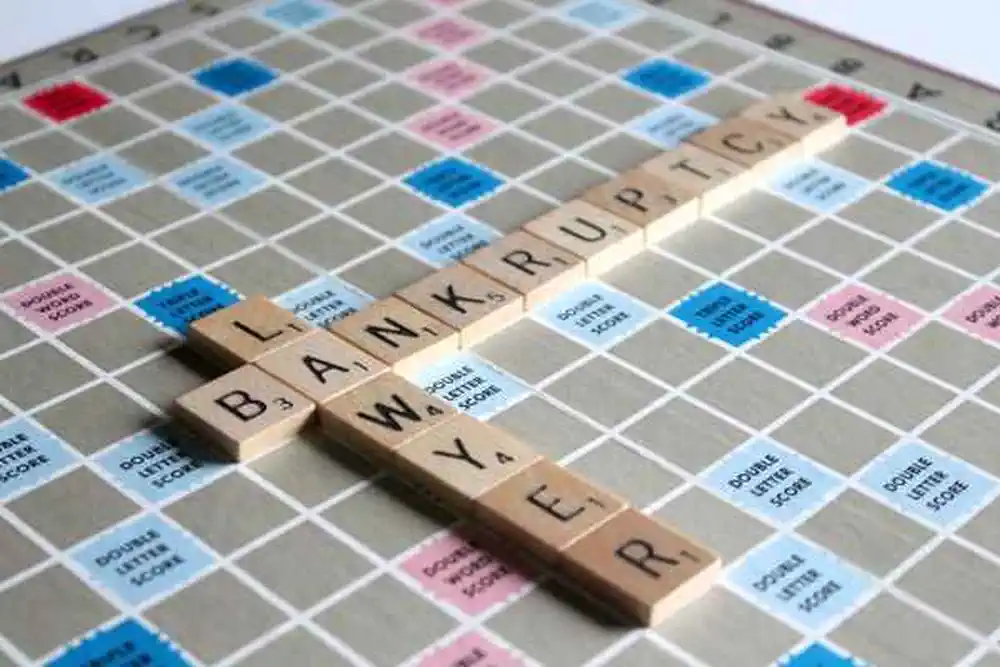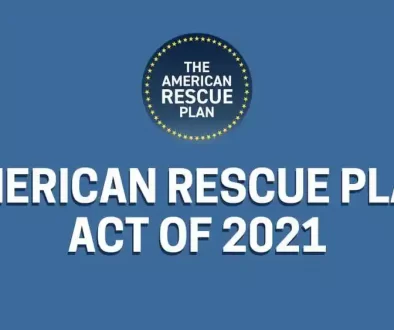Dealing with Bankruptcy: Options to Weigh
Ever found yourself in a difficult situation when it comes to settling your loans? Yes, it happens! And more often than not, you are encouraged to file for bankruptcy, probably to help you settle your pending bills. You should, however, think about your financial life and the responsibilities that await you as a single mother before deciding to file for bankruptcy and which type to go for.
What Is Bankruptcy?
Bankruptcy is a legal process through which people or other entities who cannot repay debts creditors may seek relief from some or all of their debts. Bankruptcy is usually imposed by court order, often initiated by the debtor.
As a single mom, bankruptcy should be your last resort, and therefore, you should carefully think it through before making a decision. Do you know why? Bankruptcy poses a high risk to your financial life. For instance, when you file for bankruptcy, it will remain on your credit statements and reports for close to ten years, depending on the type you chose. That means you will experience difficulty in securing a credit card, car loan, or even a mortgage in the future. We both know this could have adverse effects on your insurance if you’ll need one in the future.
What to consider before filing for bankruptcy
There are options you may want to consider before filing for bankruptcy. As a single mother, you need to explore as many options as possible to see if there is a cheaper way of settling your bills. Also, pick an option that will not have a long term effect on your financial life.
- Reach out to your creditors and find out if they willing to negotiate on your loan repayment. Remember, the goal of this is to find better terms and conducive procedures for paying loans. Some creditors may agree to accept reduced payments over a long time.
- In case of a home mortgage, contact your loan servicer, to find out possible options that may be available to you. Some lenders offer forbearance while others provide suitable repayment.
Filing for Bankruptcy
Consult an Attorney
You don’t see the above alternatives working out for you? Well, it is time to consult an attorney. While it is still possible to proceed without seeking the advice of a qualified attorney, the Administrative Office of the U.S Courts recommends that you seek help from an attorney. Why? It is because bankruptcy has long-term financial and legal outcomes. Being a single mother, you don’t want to rush into a decision you will regret in the future.
Understand that bankruptcy is governed by federal law, and each state has its own set of rules regarding this. Are you having problems finding a lawyer? Well, you can get help at http://apps.americanbar.org/legalservices/findlegalhelp/home.cfm. What if you can’t afford a bankruptcy lawyer? There are free legal services available for single moms at https://www.lsc.gov/.
Attend a Counseling Session
In the U.S., bankruptcy is handled diligently. For this reason, ensure you attend a counseling session at a recognized credit counseling organization. That means it has to be approved by the Department of Justice’s U.S. Trustee Program.
The counselor will evaluate your financial situation, help you explore the available alternatives, and assist you to come up with a budget plan. With your daily struggles as a single mom, you find it hard to pay for your counseling session. Remember, you can get the services for free. Otherwise, according to the Federal Trade Commission, the cost is around $50.
Seek for Your Attorney’s Advice
After going through credit counseling sessions, your attorney can advise on which type of bankruptcy is more appropriate for your situation.
Types of Bankruptcy
There are two types of bankruptcy you can always choose from:
Chapter 7
This type of bankruptcy liquidates your assets to pay your creditors. Some assets that may not fall under this category may include equity in your home and automobile, personal items, clothing, tools needed for your employment, pensions, social security, and any other public benefits.
The rest of your non-exempt asset will be sold off by a trustee appointed by the bankruptcy court, and the proceeds will then be distributed to your creditors.
Non-exempt assist includes;
- property (other than your primary residence)
- Recreational vehicles
- Collectibles
- Bank accounts
- Investment accounts
Once the process is complete, you will be free from debts. You will no longer owe your creditors. Remember, student loans and taxes will remain unsettled. Such debts are not discharged. Single moms who go for chapter 7 are having lower income and fewer assets. You have to go through some tests to determine your eligibility. The courts initiate this, and it involves calculating your average income of about the last six months and determining whether you are in a position to adopt chapter 7 or chapter 13. Find more about filing for chapter 7 bankruptcy at https://www.uscourts.gov/services-forms/bankruptcy/bankruptcy-basics/chapter-7-bankruptcy-basics.
Chapter 13
This type of bankruptcy allows you to retain your assets, but you must agree to clear your debts over a specified period (usually 3-5 years). The trustee collects your payment and distributes them to creditors. Losing your assets can be devastating when you are s single mother with kids under your care. For this reason, chapter 13 can work best for you. Read more about chapter 13 bankruptcy at https://www.uscourts.gov/services-forms/bankruptcy/bankruptcy-basics/chapter-13-bankruptcy-basics.
Classification of Your Debts
In filing for bankruptcy, the court will ask you to provide a list of all the money you owe. Your debts fall into two categories:
- Secured debts. These include loans in which the creditor has a security interest in the property that was provided as collateral when you borrowed the loan.
- Unsecured debts. These debts are not secured by property or any form of collateral, and they may include credit card debt, medical bills, personal unsecured loans.
Secured debts should be your top priority. Do you know why? At least your debtors can use collateral to settle the outstanding debts.
Once the court compiles all the essential information, a trustee is appointed to ensure you make your payments within the agreed period.
Issuance of Discharge on Your Debts
When the bankruptcy court issues a discharge, you are relieved of your liability to pay back the listed debts. That means creditors will no longer have a legal claim over the debts.
For chapter 7 bankruptcy, the discharge is usually issued once the petition is filed (usually 4-6 months). For chapter 13 bankruptcy, a discharge is issued once you have paid all the debts.




